Joint pain, i. e. arthralgia, occurs in numerous diseases and until now their mechanism is not completely clear. Joint elements (ligaments, cartilage, capsule, bones) have receptors for pain and respond to inflammatory processes and mechanical irritation. During movement, the joint receptors are irritated, the signals from them enter the brain and the person feels pain. During inflammation, the receptors become more sensitive to any irritation, because the cells of the immune system release substances that are pain conductors.
Typically, joint pain is not accompanied by swelling of the surrounding soft tissues, contour deformities or redness. When palpating the joints, the pain is moderate. In some cases, there are no obvious signs of inflammation on an X-ray. There are also no complaints about a pronounced decrease in the mobility of large joints.
Arthralgia often accompanies rheumatic diseases. In this case, the joints hurt and hurt when the weather changes. Severe discomfort in the knee and hip joints is more common. In the morning, the patient cannot immediately get up and walk quickly due to stiffness and pain in the joints.
If the pain in the joints is paroxysmal, appears unexpectedly, increases during the day, lasts for several days, and only one joint hurts, then we can assume the presence of arthritis due to gout. Uric acid crystals accumulate in the joint tissues and irritate the tissues, causing pain.
If arthralgia occurs in large joints (knees, hips), grows slowly, is stronger during physical work, and is combined with stiffness in the morning, then degenerative-dystrophic changes can be diagnosed - osteoarthritis.
Causes

Joint pain has various causes. One of the most common causes of arthralgia is an acute infection. Painful joint pains can appear before the first signs of the disease or in the early stages. Often, during the infectious process, it breaks joints throughout the body. At the same time, the amplitude of movement in them does not change.
Post-infectious severe arthralgia occurs during urogenital and intestinal infections.
Joints suffer from secondary syphilis, endocarditis, tuberculosis. If there are foci of chronic infection in the body, for example, in the kidneys, bile ducts, pelvic organs, parasitic diseases, then the joints also hurt.
Common causes of joint pain are:
- thyroid disease.
- Poisoning by salts of heavy metals.
- Physical injuries.
- Long-term use of certain drugs.
I am worried about pain in my joints due to various diseases. They are divided into 2 large groups:
- Arthritis is an inflammatory joint disease caused by infection, autoimmune processes, endocrine gland dysfunction and metabolism.
- Arthrosis is a disease associated with the destruction of articular cartilage and the articular surfaces of the bones below them. Over time, cartilage becomes rough, loses elasticity and cracks.
The division of joint diseases into arthritis and arthrosis is conditional. Without treatment, arthritis eventually turns into arthrosis, because inflammatory processes disturb the metabolism in the cartilage. They do not receive adequate nutrition and quickly become thinner and gradually deteriorate.
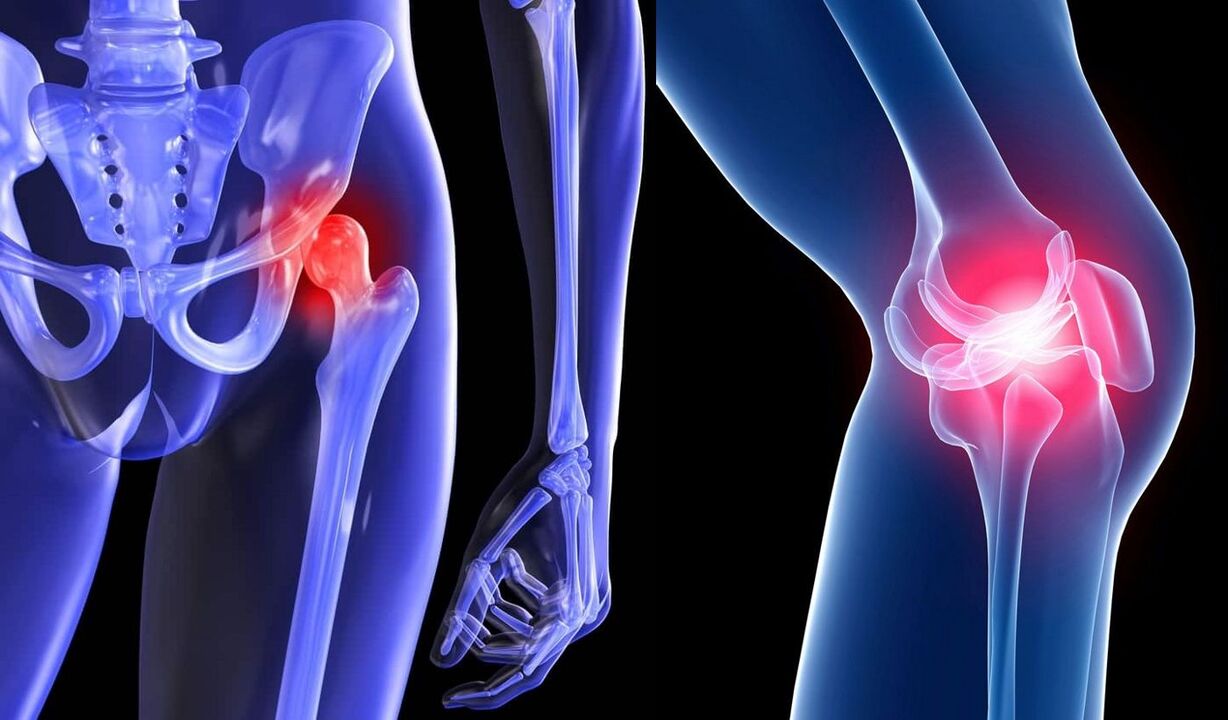
In arthrosis, which is initially associated with physical overload of the joint, inflammation develops over time. It is caused by the accumulation of fragments of cartilage and bone tissue in the joint cavity and causing inflammatory reactions.
The risk group for the development of this pathology includes:
- Women during menopause.
- Elderly people with pronounced age-related changes in the body.
- Obese patients.
- Patients with a history of joint trauma.
- Athletes.
- People of certain professions. For example, the knee joint often suffers in those who spend many hours on their feet (teachers, surgeons, hairdressers, etc. ). Pain in the joints of the hand is a common symptom among musicians, cashiers and loaders who perform monotonous hand movements.
Species
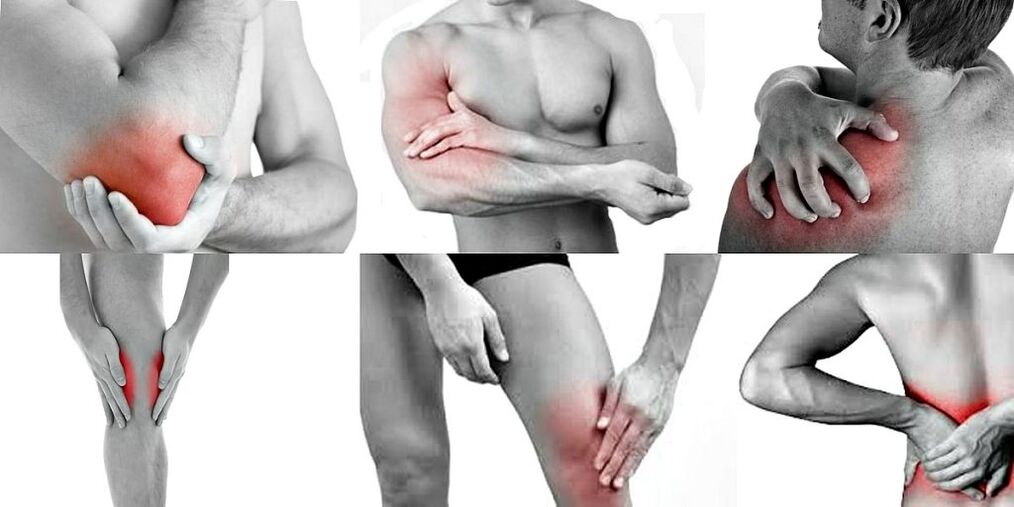
There are different classifications of joint pain. According to the localization of arthralgia, they differ:
- Mono arthralgia (1 joint hurts).
- Oligo arthralgia (affects 2-5 joints).
- Polyarthralgia (pain in more than 5 joints).
Depending on the location of the joints, arthralgia is divided into general and localized.
The nature of arthralgia is:
- Harsh and boring.
- Transient and permanent.
- Weak, moderate and intense.
The characteristics and conditions for the onset of arthralgia depend on the diagnosis. The most common signs of joint pain are:
- To begin
. Arthralgia initially occurs when walking and then disappears as you move. It is associated with the friction of the articular surfaces of the bones, which are covered with destroyed cartilage tissue. After a few steps, this mass accumulates in the inversions of the joint capsule and the arthralgia disappears. - Aching
. They appear after physical work of the joints and pass with rest. - Night
. They confirm severe damage to the joint and are caused by blockage, pressure of blood on the bone tissue under the cartilage. After a night's sleep, there is a feeling of stiffness in the joints, and as you move, the discomfort disappears. - Permanently
. It occurs when there is inflammation in the joint capsule. - Sudden (joint block). Caused by pinching of a piece of bone or cartilage stuck between two articular surfaces.
- Migration
. First one joint hurts, and then the pain moves to the other. - Reflected
. They are not felt in the affected joint, but in the nearby one. For example, if you have hip joint disease, your knee hurts.
Diagnostics
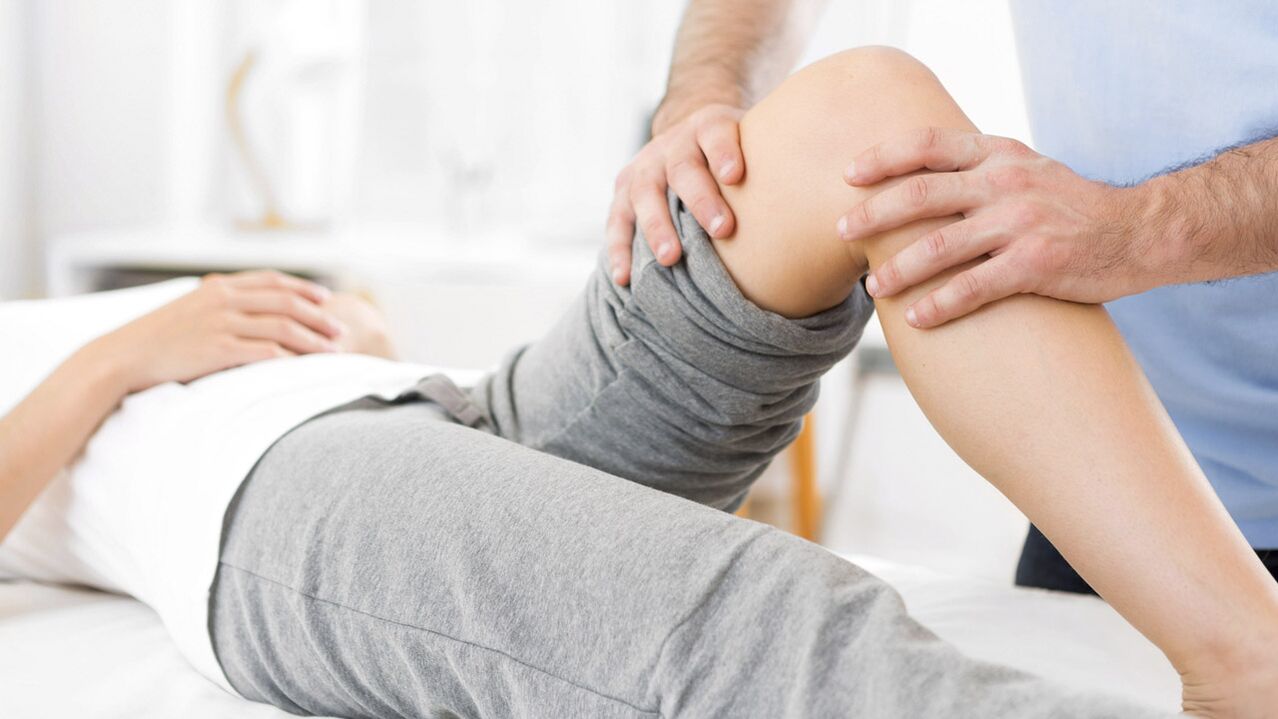
If you have arthralgia, you should not self-medicate. If you have joint pain, be sure to consult a doctor to determine the diagnosis. After the main examination, they will refer you to an orthopedist-traumatologist or a rheumatologist. If a previously injured joint becomes ill, a consultation with a surgeon is indicated.
When visiting the doctor, it is important to discuss the following points:
- When pain occurs.
- From which the pain decreases and subsides.
- How often do the pain attacks occur?
- Arthralgia appeared for the first time or existed previously.
- Is there hyperemia, swelling or deformation of the joint.
- Have you had stress, acute respiratory diseases or heavy physical activity in the past few days?
This information will help the specialist make a conclusion about the condition of the patient's joints and make a diagnosis.
After determining the nature of joint pain, the doctor will prescribe an examination and give instructions for:
- General analysis of blood and urine.
- Blood chemistry.
- Immunodiagnosis.
- X-ray, CT, MRI, ultrasound of the joints.
- If necessary, a biopsy of the damaged tissue.
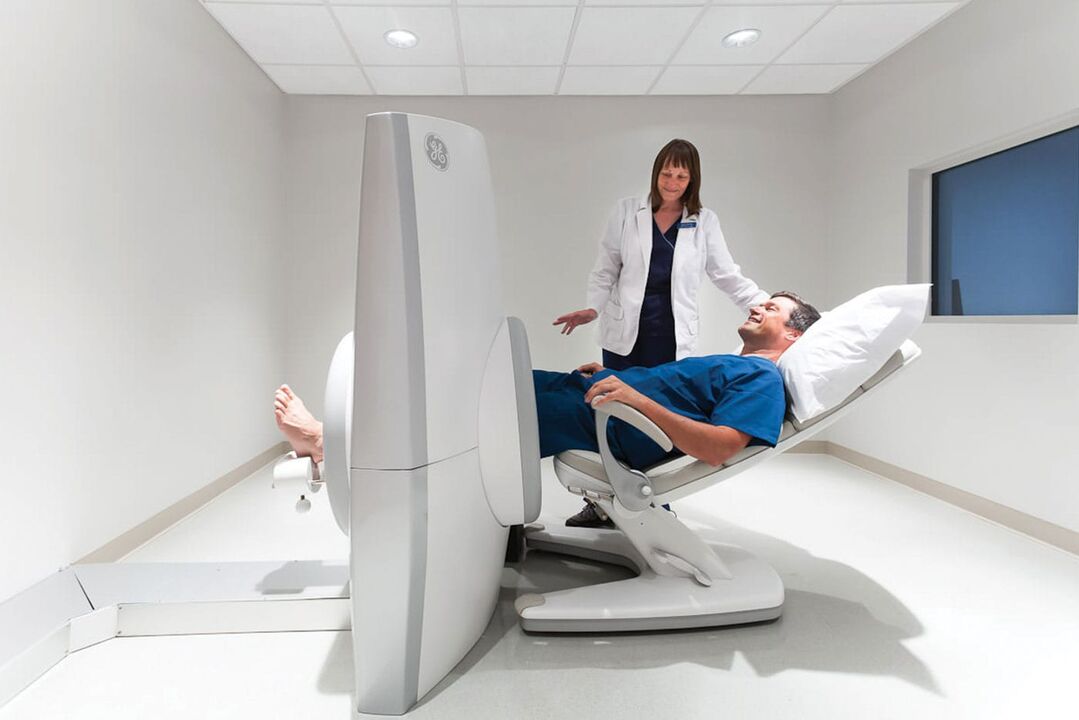
X-ray of joints. This method allows you to examine the joint in two projections, and it is also possible to make radiopaque arthrography.
Using MRI and CT, you can assess the condition of osteochondral structures and soft tissues in detail.
Ultrasound of joints. It helps to identify effusions in the joint cavity, erosion of the articular surfaces of bones, changes in the synovial membrane and assessment of the width of the joint spaces.
Invasive examination methods. If indicated, joint puncture and synovial biopsy are performed. In severe cases, arthroscopy (examination of the joint cavity from the inside) is performed.
Laboratory tests help to identify signs of inflammation and rheumatic pathology. In peripheral blood, the sedimentation rate of erythrocytes, the level of C-reactive protein, uric acid, antinuclear antibodies, rheumatoid factor and ACCP are determined. Synovial fluid is subjected to microbiological and cytological analysis.
Treatment
In case of joint pain, the treatment should be comprehensive. Tactics include reducing the mechanical load on the joint, removing inflammation and preventing the progression of the underlying disease. This is the only way to slow cartilage degeneration, maintain joint mobility and improve the quality of life of patients with arthralgia.
The following is prescribed to reduce joint pain:
- Painkillers and anti-inflammatory drugs.
- Physiotherapy (shock wave therapy, ozone therapy, myostimulation, phonophoresis).
- Therapeutic exercise.
- Massage.
- Acupuncture.
- Orthopedic or surgical correction.
Conservative therapy is carried out with non-steroidal anti-inflammatory drugs, they relieve pain and have an anti-inflammatory effect. Chondroprotectors slow down the development of osteoarthritis. These drugs reduce inflammation and prevent further degeneration of the cartilage in the joints. They include cartilage components - chondroitin, glucosamine. Chondroprotectors promote renewal processes in cartilage tissue.
Muscle relaxants are prescribed to relieve skeletal muscle spasms.
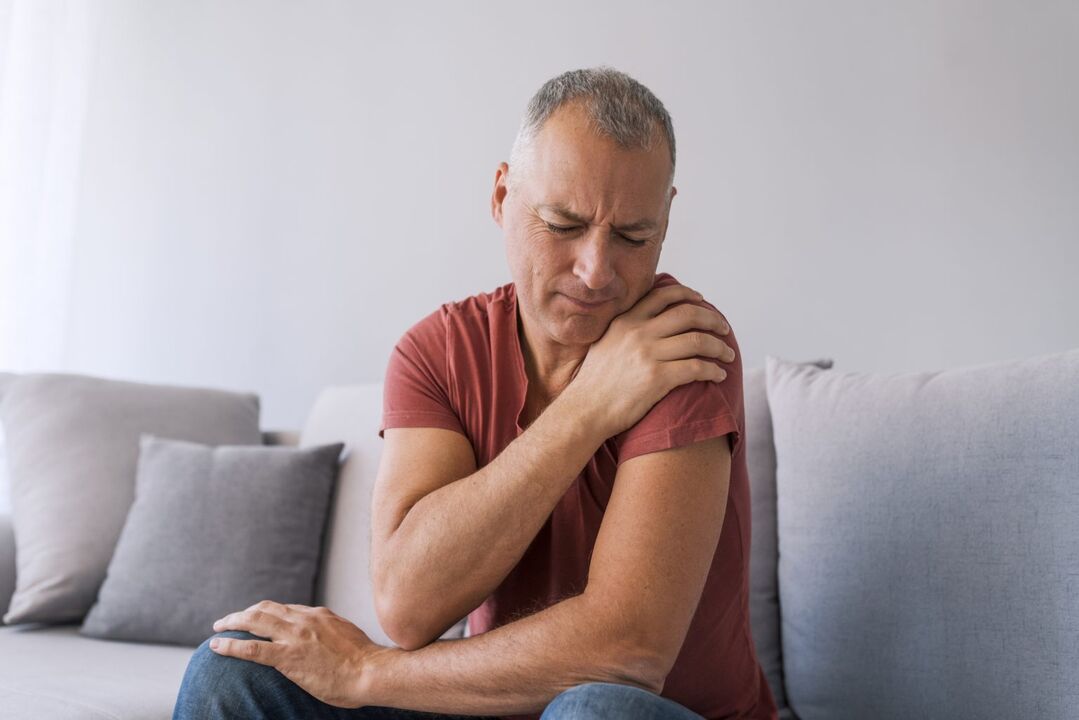
If the arthritis is associated with an infection, then antibiotics are indicated.
Complexes of vitamins and mineral elements are also prescribed for good joint function and recovery processes. Vitamins A, C, E, group B and the mineral elements calcium and selenium are especially important.
In case of severe inflammation and no treatment effect, glucocorticosteroids are prescribed according to the scheme.
Drug treatment is supplemented with ointments that warm, relieve pain and have an anti-inflammatory effect.
If the arthralgia is very severe, then a block of nerve endings is performed. To do this, they use powerful drugs that will allow you to forget about joint pain for a long time.
To reduce arthralgia, the joints are protected from overload. Long-term standing, lifting and carrying heavy objects creates pressure on the joints that significantly exceeds the permissible load and contributes to cartilage damage.
To prevent arthralgia, follow these rules:
- Normalize body weight.
- Wear comfortable shoes with a low heel, if you have flat feet, use orthopedic insoles.
- Avoid psycho-emotional and physical overload.
- While you are at work, change your body position more often, take five minutes to move and relieve muscle tension.
- To maintain physical activity, choose moderate exercise. Alternating mobility with periods of rest.
- Do regular exercises that relieve stress on the joints. For example, you can bend and straighten your legs while sitting or lying down for 20-30 minutes and perform the "bicycle" exercise. After that, rest for 7-10 minutes to improve blood circulation. These exercises help strengthen the cartilage in the joints of the legs.
In severe cases, surgical treatment is required. Through small incisions, the doctor will remove necrotic tissue from the joint cavity. If fluid has accumulated in the joint, a puncture is performed.
In order to reduce the load and increase the mobility of the affected joint, a periarticular osteotomy is performed. The bones that make up the joint are sawn in order to then fuse together at a certain angle.
In more severe cases, joint replacement is performed.
Prevention

To avoid joint diseases, follow these recommendations:
- If you are overweight, normalize your body weight.
- Drink at least 1. 5-1. 7 liters of water a day.
- Avoid hypothermia.
- Lead an active lifestyle.
- Avoid excessive use of alcohol and tobacco.
- A night's sleep should last at least 8 hours.
- Walk outdoors as often as possible.
- Try to change your body position more often.
Summary
According to statistics, arthralgia of the upper and lower extremities occurs in half of people over 40 years old. In patients over 70 years of age, joint diseases are observed in 90% of cases. If the joint suddenly hurts, consult a doctor immediately to determine the causes and prescribe treatment. Take care of your joints and load them with useful activities. Only physical exercise can keep your joints moving, even if the cartilage is damaged and movement causes discomfort.
















